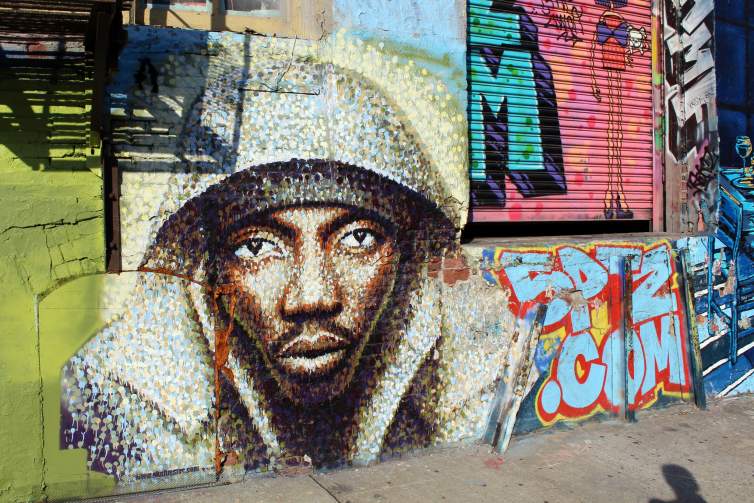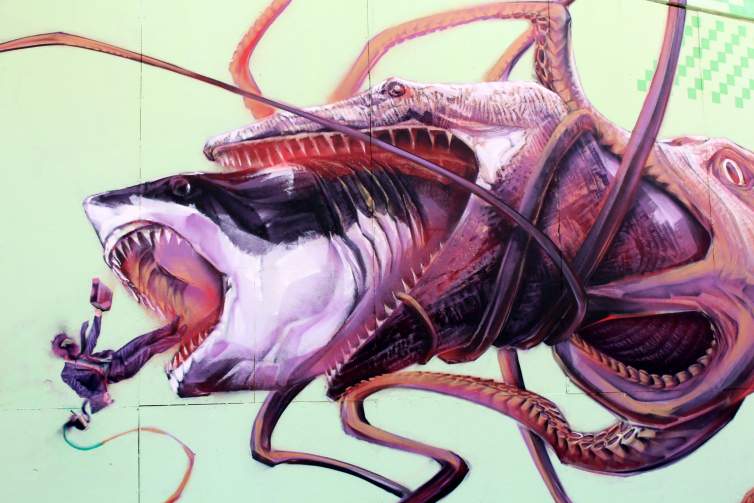Our President and Board Chair, Michele Tortorelli, draws on her 25 years of experience as a lawyer to share her perspective on a landmark interpretation of artist protection under the Visual Artist Rights Act.
Last week, Judge Frederic Block, Senior United States District Judge for the Eastern District of New York, handed down his verdict on the compensation that would be awarded to the 5Pointz aerosol artists. For years, Jerry Wolkoff, the owner of the warehouse complex in Long Island City that became known as 5Pointz, permitted and encouraged a group of artists to paint the exterior of the buildings. For many New Yorkers, the 5Pointz paintings were a lively and memorable landmark on their daily commute and a regular destination for tourists and school groups alike. When Wolkoff decided to demolish the buildings and replace them with condominiums, the artists sought legal action to protect their artworks. Block's decision in the Cohen v. G&M Realty case is the culmination of a multi-year legal process.
On February 12, Judge Block awarded statutory damages in the amount of $6.7 million, to be distributed among the 21 affected artists. His full 100-page opinion, which includes images of the 5Pointz paintings, is well worth a read as a real world example of how the federal Visual Artist Rights Act ("VARA") works and what rights artists have. The VARA was enacted in 1990 and grants artists the rights to prevent intentional modification of their visual artworks and the destruction or mutilation of artworks “of a recognized stature.” These rights can always be waived and artists should be vigilant about making sure that they do not unknowingly waive those rights in written agreements.
Subway Rider, a mural painted at 5Pointz by artist James Cochran, aka Jimmy C. Photo by Wally Gobetz via Flickr.
Judge Block was appointed by President Bill Clinton in 1994. In sharp contrast to the tone of current political rhetoric, Judge Block's opinion makes clear how much he values and respects the artists and their endeavors, celebrating their work, their diversity, and their immigration status.
In exercising his discretion to award the maximum statutory damages, Judge Block considered (among other factors) how badly the artists were treated by the developer and how painful it was for them to have their work mutilated and destroyed. In some cases, the work was defaced and whitewashed, but remained visible to millions of people who saw it day after day from the passing 7 train for almost a year. Judge Block wrote, “If not for Wolkoff’s insolence, these damages would not have been assessed. If he did not destroy 5Pointz until he received his permits and demolished it 10 months later, the Court would not have found that he had acted willfully.”







